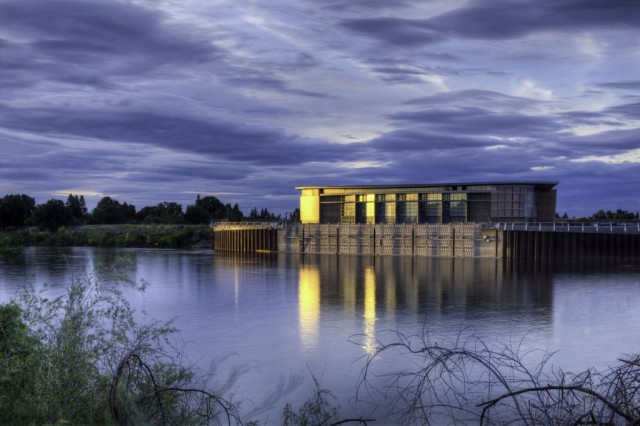
With the reality that rainfall and the Sierra Nevada snowpack will be far short of normal this year, the East Bay's largest water district is getting ready to tap an emergency water source that it took decades of legal battles and engineering work to secure.
The East Bay Municipal Utility District, which serves 1.3 million customers in Alameda and Contra Costa counties, will decide next month whether to switch on a pumping plant on the Sacramento River to supplement supplies it gets from its big Mokelumne River reservoirs.
It would mark the first time EBMUD has used a supply of water it first arranged to purchase from the U.S. Bureau of Reclamation in 1970. The agreement would have allowed the district to pump as much as 150,000 acre-feet of emergency water from the American River east of Sacramento. After decades of environmental litigation, the district became partners with the Sacramento County Water Agency in a $900 million project that looks much different from the original plan.
The two agencies jointly built a pumping plant on the Sacramento River in Freeport, just south of the capital city. The plant, opened in 2011, allows EBMUD to ship water from the Sacramento through a series of canals to its Mokelumne Aqueduct, which serves the East Bay. Under its contract with the Bureau of Reclamation, EBMUD can draw on the Sacramento River supply only during dry years.
"EBMUD wouldn't access that water at all unless it was a situation like this, which is a drought year," EBMUD spokeswoman Andrea Pook says. The district will decide whether to request the emergency water next month, she says, after the spring and summer runoff forecast is clearer.
